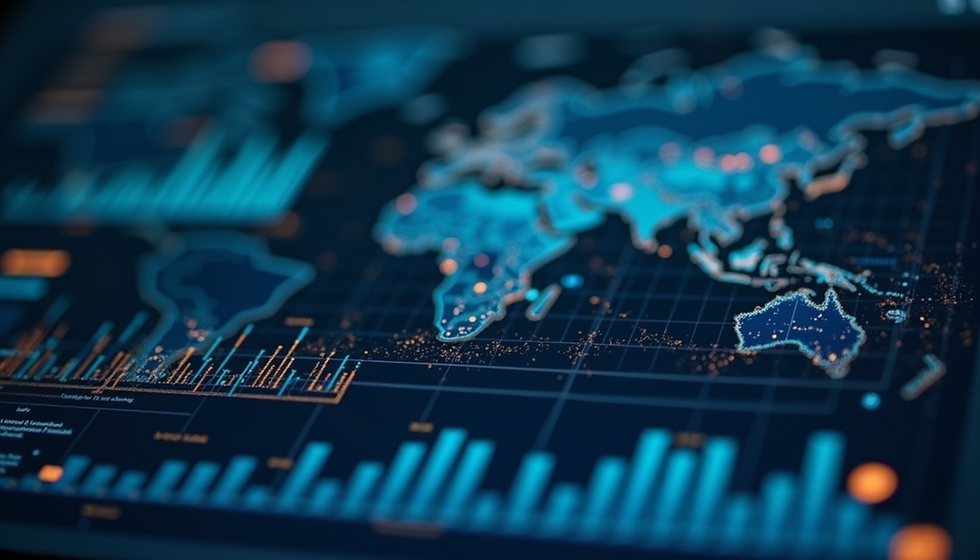Meet the New Faces of Social Media: AI-Generated Influencers Shaking Up Instagram, TikTok, and YouTube!
- Fraoula

- Feb 8
- 5 min read
Welcome to a new era in social media where influencers are not just people with followers; they are entirely virtual! AI-generated influencers—digital creations crafted with great attention to detail—are transforming Instagram, TikTok, and YouTube. As these virtual personalities gain traction, they challenge our ideas about influence, authenticity, and connection in a more digital world.







